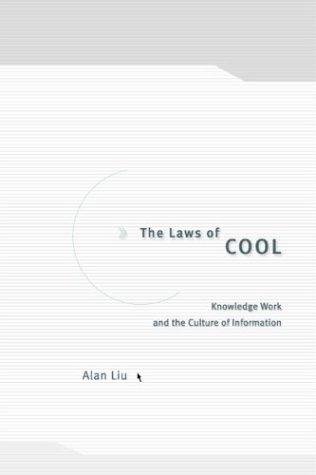Kirschenbaum, Matthew G. “Hacking ‘Agrippa’: The Source of the Online Text”
Matthew G. Kirschenbaum, “Hacking ‘Agrippa’: The Source of the Online Text,” excerpted and adapted from a chapter-length discussion of Agrippa in Kirschenbaum’s book Mechanisms: New Media and the Forensic Imagination (MIT Press, 2008). Kirschenbaum notes: “Mechanisms addresses itself to the textual and technical primitives of electronic writing, with special attention to the qualities of erasure, variability, repeatability, and survivability for electronic objects.” (This advance excerpt was posted on The Agrippa Files with Kirschenbaum’s permission in 2005.)
See also Kirschenbaum’s later discussion, “No Round Trip: Two New Primary Sources for Agrippa.”


